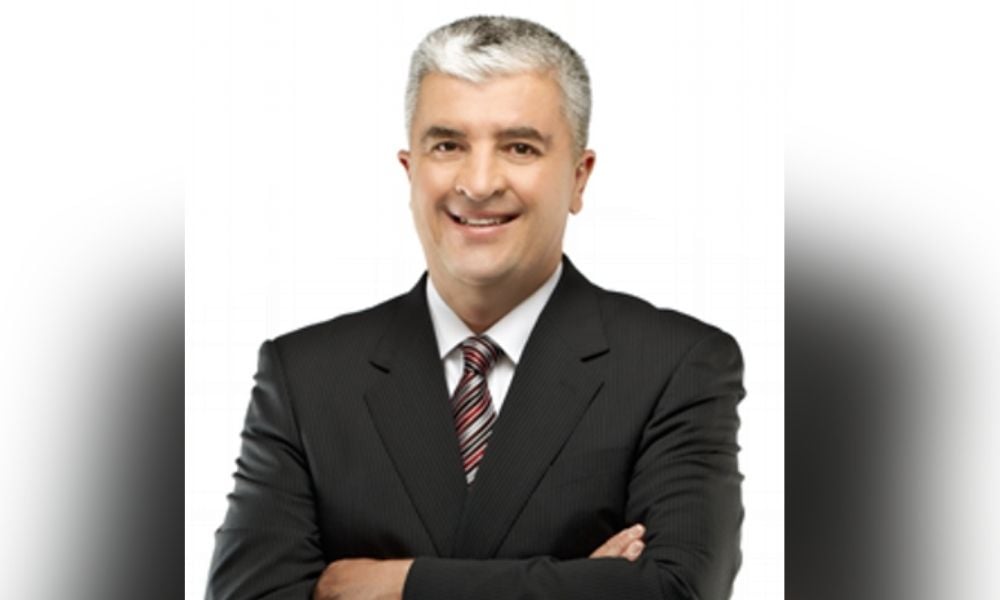Ahead of Bank of Canada meeting, advisor says smart alternatives diversification can reduce losses

Francis Sabourin, who won the Wealth Professional Advisor of the Year for Alternative Investments in 2021 and was a silver “medallist” for it in 2020, says advisors’ use of alternatives is on the rise and he expects to see more using it as a replacement for fixed income and equities in 2022.
“2022 will be a challenging year for the equity market or fixed-income market,” Sabourin, who is a Quebec portfolio manager and investment advisor with the Sabourin Wealth Management team at Richardson Wealth, told Wealth Professional.
“We are not used to having negative years on the fixed income,” he said. “But, the thing with the increase of the interest rates is that the values of these bonds are going down.
“So, the role of alternative products is to try to diversify away from this type of volatility. And, by reducing your loss, you will increase your returns.
“The reason we use an alternative is because we have a challenge with the interest rates being so low on the fixed income portion of the portfolios and also on the equity side of the portfolio, especially these days. The equity market is quite volatile and quite high,” he said. “So, people want to have some kind of diversification with something else.”
Sabourin said most of the big Canadian pension funds now are using alternatives, but there is an increase in demand from other investors, too. He’s getting more questions from advisors who want to find new solutions for clients since, even if interest rates rise a bit, performance is still not great.
Advisors are looking for the newest solutions, and Sabourin said alternatives offer a wide range. Mortgage funds or private debt funds are good income replacement within a portfolio as they generate better and more stable returns. Private equity, real estate, and private real estate can also provide better returns than the equity market.
Sabourin said the number of alternative products to add to a portfolio is growing, with some becoming more niche or speculative, like crypto. Alternatives can also be traded daily, monthly, or quarterly, and some are liquid. He said long short credits funds are classified as fixed income, but the liquid version that’s traded daily has more leverage than the regular version, traded monthly.
Sabourin’s group uses a sleeve of alternatives to improve the fixed income and decrease the volatility of the equity bucket.
“You have to be careful when you buy some of these alternatives,” he said, noting he doesn’t use bitcoin. “Some are less risky, some are more risky; some are more liquid and some are less liquid. So, you need to do your due diligence and understand what’s under the hood of the product.”
Sabourin doesn’t expect alternatives will be as big as ETFs as some alternatives use the ETF format. But, he said, “there’s this really nice evolution between mutual fund ETFs and alternatives, and our liquid could make a really good winning strategy for advisors down the road with new technology.”
“It’s not rocket science. It’s just about reducing volatility and increasing return because we know that the years ahead will be challenging,” he said. “I don’t think the traditional balanced portfolio will be dead, but it needs to be upgraded within a new asset class, which is alternatives.”
“This is a new way of thinking, a new way of investing,” he said.” It’s about thinking differently and thinking outside the box.”



